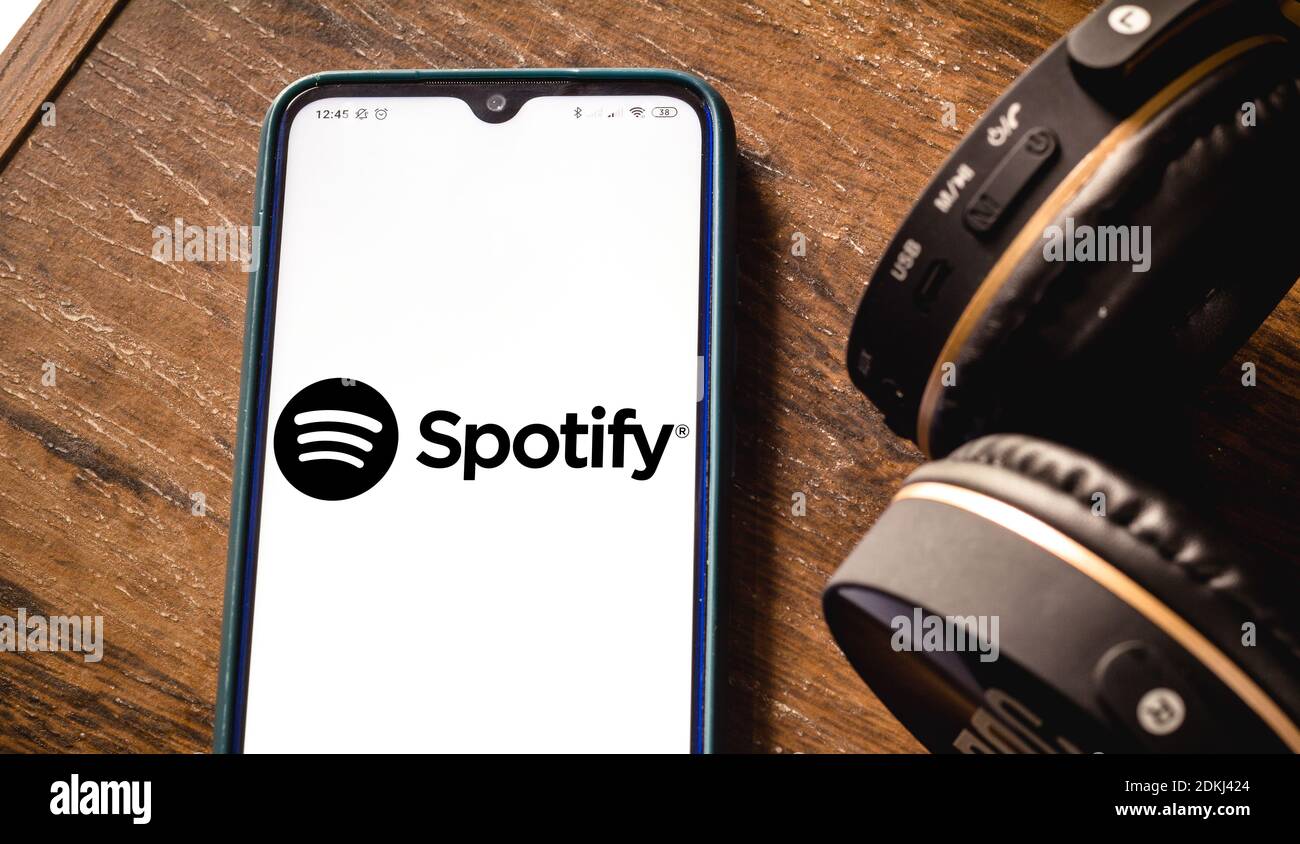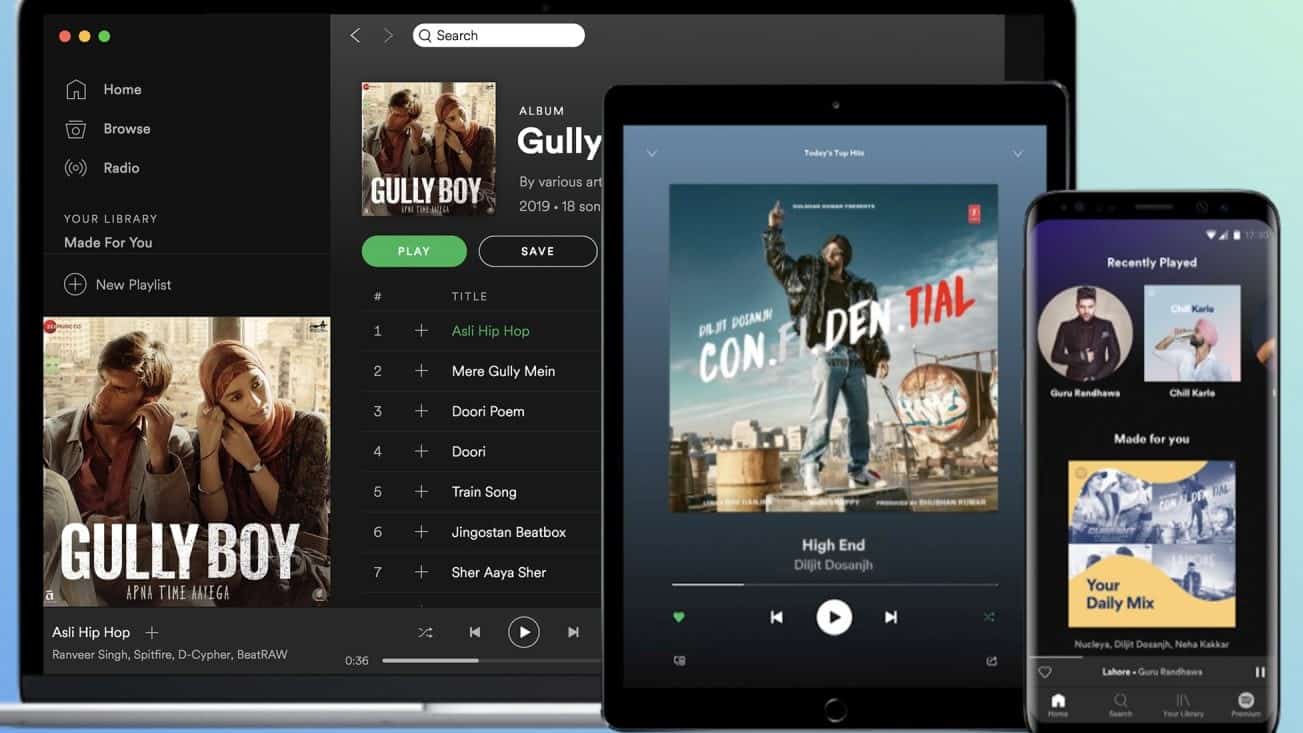

Tétaz himself, however, is “obsessed” by hi-res audio. “ care more about convenience and price than they do about quality and that is still true today,” affirms Tétaz. This phenomenon is mirrored in the streaming age, where services like Spotify offer an entire smorgasbord of music, albeit in rather low quality. “Even though the quality was horrible, people still downloaded entire libraries of music,” he says.

Tétaz cites the success of peer-to-peer platforms like Napster and Limewire in the heyday of the ‘00s as a key example.

Instead, Tétaz regards accessibility and ease of use to be the driving factors for music consumption. Does this therefore indicate that high-resolution audio is drifting into obsolescence?Ĭharles Tétaz, Vice President of Asia Sales Marketing at leading audio company Focusrite believes that for the average consumer, quality isn’t part of the equation. Neil Young still continues to rant about low-quality audio, however, his antagonistic approach comes off as “old man yells at cloud” commentary. Young’s attempt to bring hi-res audio to the masses, however, was a notorious commercial failure, discontinued after just two years of production.įast forward to 2020 and Spotify positions itself as the world’s leading streaming service, charioting MP3 files for mass consumption. In 2015, Neil Young sought to ignite a revolution against the MP3 by launching his own hi-res audio player, Pono. Ultra high-resolution audio provided by services like Tidal are significantly more detailed again, reaching 9,216 kbps.

That said, Spotify’s labelling of an MP3 as “very high quality” rubbed me up the wrong way.Ĭomparatively, uncompressed CD-quality is almost 29 times higher – sitting at 1,411 kbps. I come from an audio engineering background, but I don’t consider myself an “audiophile” by any means. For those using their free plan, the quality is capped drastically lower at 160kbps. I quickly entered the Spotify menu to check the sound settings, and was astounded to find that the “very high quality” that the Premium service boasts is a measly 320kbps MP3 encoded file. For an album that I knew front to back, these differences – though subtle – were enough to pique my interest. By the time I reached the third track, I sensed something was wrong: the instrumentation on the explosive opener “Somewhat Damaged” didn’t sound as intelligible the atmospheric “The Day the World Went Away” lacked a certain airiness the brittle piano on “The Frail” sounded duller. Revisiting the album on Spotify, however, was a different experience. As a teenager, I played this double album to death on my Discman to the point where I can still vividly recall every subtlety that Trent Reznor meticulously laid down. A couple of weeks ago, I found myself listening to an old favourite from my adolescence, Nine Inch Nails’ 1999 opus The Fragile.


 0 kommentar(er)
0 kommentar(er)
